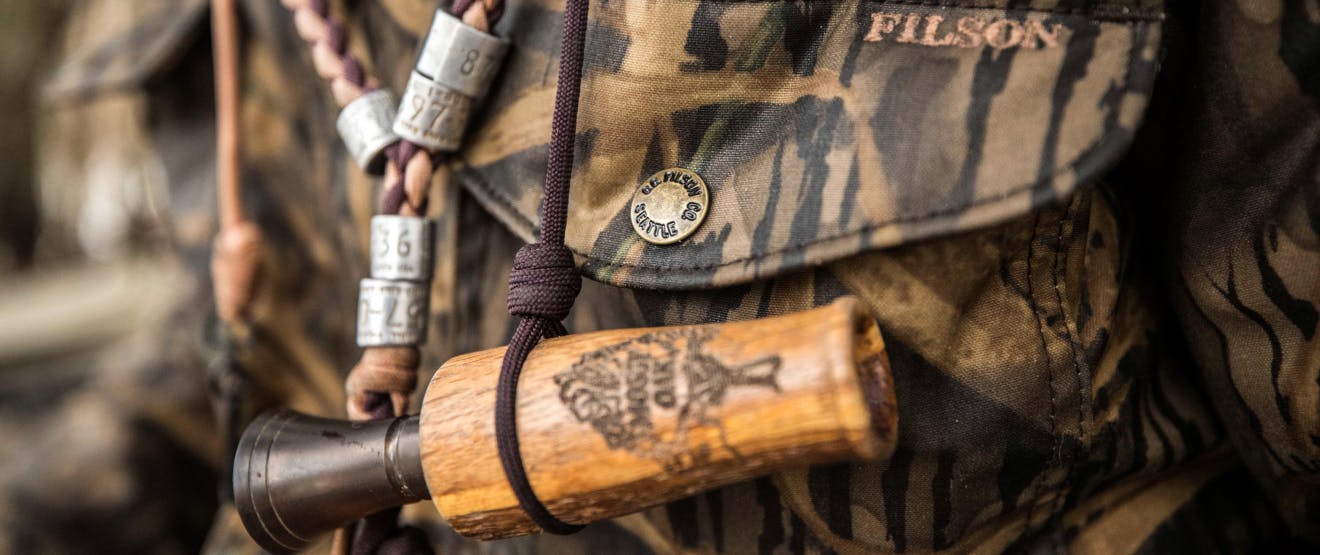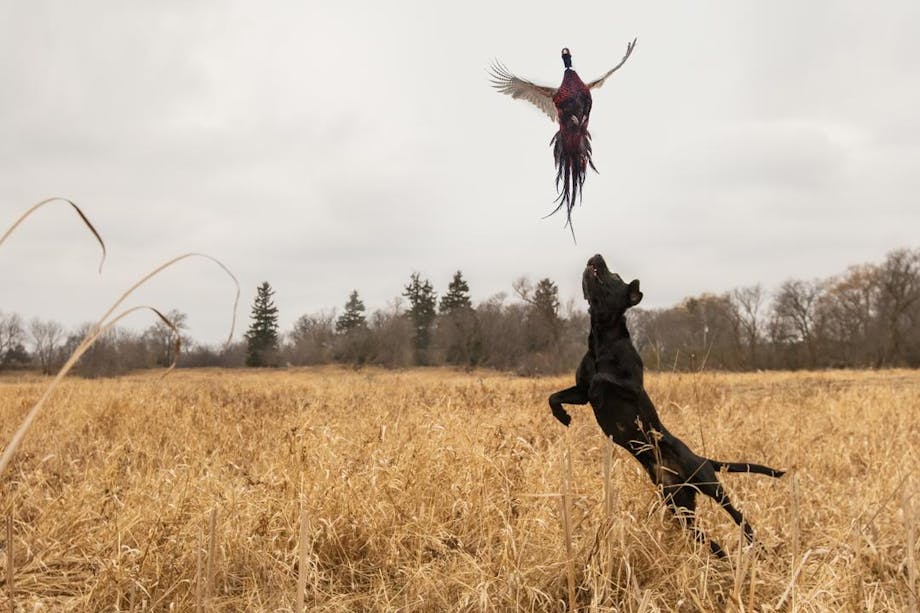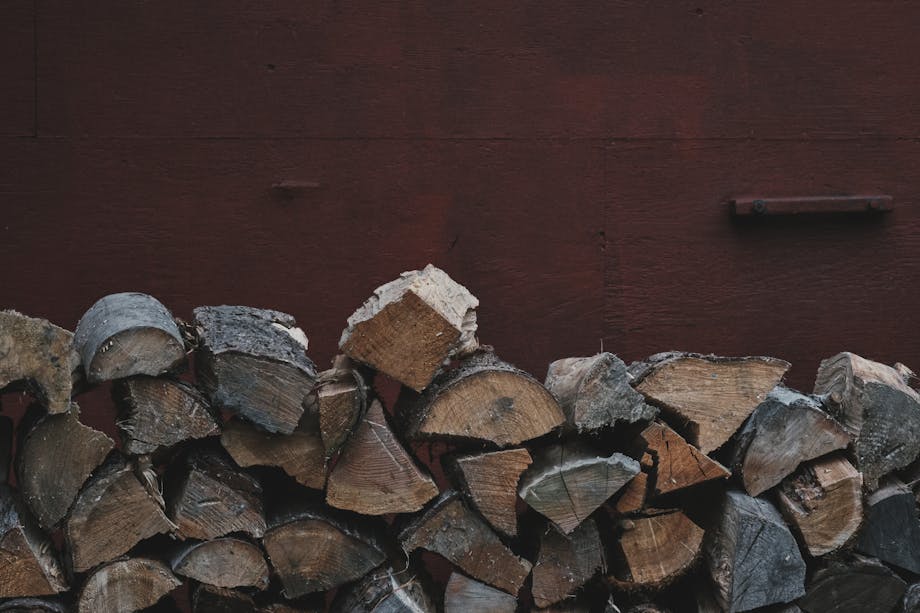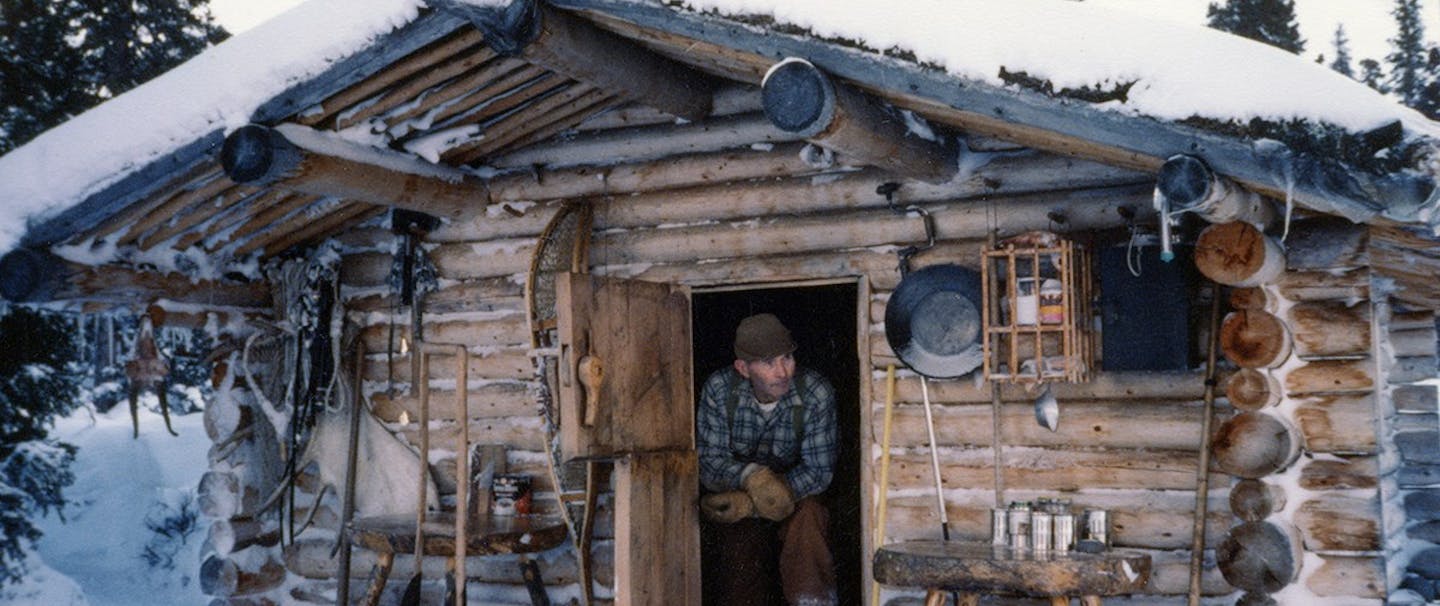Author Brian Lovett has been an obsessive duck and goose hunter for more than 30 years, chasing his passion on the Dakota prairies and on the marshes and open water in his home state of Wisconsin.
_
“Winter hunting gets a bad rap in northern climates as many waterfowl and big-game seasons close and the focus turns toward rabbit hunting, or even ice-fishing. But cold-weather critics forget perhaps the most invigorating winter hunting opportunity: upland birds.
Many game-bird seasons in the Northwest, Midwest, and Northeast extend well into winter—those cold, even icy days can be great times to hunt. Upland birds often fall into fairly predictable cold-weather patterns, and vegetation and other cover have dwindled. Further, cooler temperatures mean ideal conditions for vigorous walking and dog work. That doesn’t mean winter bird hunting is easy, though. Weather conditions can be challenging, and some species of birds have been hunted for weeks or months, leaving the survivors adept at avoiding human predators.
Nonetheless, the prospect of lungs full of fresh air and trailing your dog across endless countryside seem far more appealing than drilling a hole in the ice or watching college bowl games.”

“Many game-bird seasons in the Northwest, Midwest, and Northeast extend well into winter— those cold, even icy days can be great times to hunt.”
How to Get Started
The first step is obvious: check state and local regulations to learn about game-bird seasons open during winter. Then, determine the best areas to pursue those birds. Sometimes the choices will be obvious, as when you watch a hundred pheasants fly into a South Dakota cattail slough. But other options will be habitat-specific, and you’ll need to research the best areas to find certain species.
As mentioned, weather plays a huge role. Forget about donning a light upland vest and baseball cap for a few hours afield. Temps can be frigid, especially in the mornings and evenings. Bitter winds often blow across mountainous areas or open landscapes. And precipitation—especially snow or ice—adds another consideration. Thus, layering your clothing is especially critical during winter.
Upland bird hunting typically involves lots of walking, so you don’t want to overdress. But you need apparel that keeps your skin dry and protects you from wind and moisture. Generally, it’s best to start with a light moisture-wicking underlayer that keeps perspiration off your skin. Then, depending on temperatures and the wind, you’ll want a warm mid-layer to keep your core warm. A light, flexible water and windproof outer layer complete the package. Add or subtract layers as temperatures cool or warm.

Choosing winter hats, gloves, and footwear can be tricky. Obviously, you’ll want to wear quality hiking boots with good sole and ankle support, but choose lighter models that won’t weigh you down, especially in the snow. Wear light moisture-wicking under-socks to keep your feet dry, and top them with a light yet warm over-sock—perhaps something made of wool. Heavy gloves, like those used in waterfowling, can restrict your hands, making it difficult to feel your gun’s safety and trigger. Many folks go with lighter, flexible handwear, such as shooting gloves, that protect your fingers from wind yet allow feel and flexibility. Hats can pose a dilemma—baseball-type caps leave your ears exposed to the wind, but stocking caps can be too warm and heavy when you get moving. Find a middle-of-the-road option, such as a light fleece-lined cap.
Don’t neglect your dog. Most breeds are well adapted to cold weather, especially if they’re moving. However, dogs can be susceptible to hypothermia if they remain wet for long periods. Bring a towel to help your pooch stay dry, and encourage him to shake off moisture frequently. The rough winter landscape can tear up their paws and underbellies. Some folks use light vests to protect the chests and bellies of dogs. Blaze-orange models also help you locate the dog when it ranges. Further, keep a constant watch on your dog’s paws to make sure they’re not chafed or bleeding.
Don’t forget about proper licenses, either. Many game birds are covered under general small-game licenses, but some require special stamps or permits. Also, depending on the area, traveling hunters can often purchase cheaper limited-time (three to ten days, for example) bird licenses.
5 Winter Game-Bird Options

Mountain Quail
These small birds (actually the largest quail species in the U.S.) inhabit mountainous areas west of the Rockies, from the U.S. to Mexico. Populations have been introduced into Washington and British Columbia. Their heavily barred undersides and relatively large head-plume, which is shorter in females, make them easy to identify. They are present in various habitats, including oak savannas, mixed conifer forests, and dense, brushy slopes.
During fall and winter, mountain quail often group into large family flocks and make a seasonal movement to lower elevations to avoid snow. They often run rather than fly, and can scurry quickly through brush and understory vegetation. Flushes are typically quick and explosive, and the birds then glide to the ground.

White-tailed Ptarmigan
The smallest member of the grouse family, white-tailed ptarmigan inhabit parts of Canada and coastal Alaska, plus the Cascade Mountains of Washington and the Rockies of Colorado and Montana. Utah and California have introduced ptarmigan populations as well. It’s the only ptarmigan found south of Canada.
White-tailed ptarmigan are stocky, with rounded wings, square tails, and feathers that extend to their toes. They feature barred gray coloration on their backs, which distinguishes them from the willow or rock ptarmigan. They’re an alpine species, often living above or at the timberline. In winter, they inhabit mountain slopes or high valleys with cover like spruce, alder, or willows. They typically prefer to run rather than fly and are well-camouflaged while on the ground.
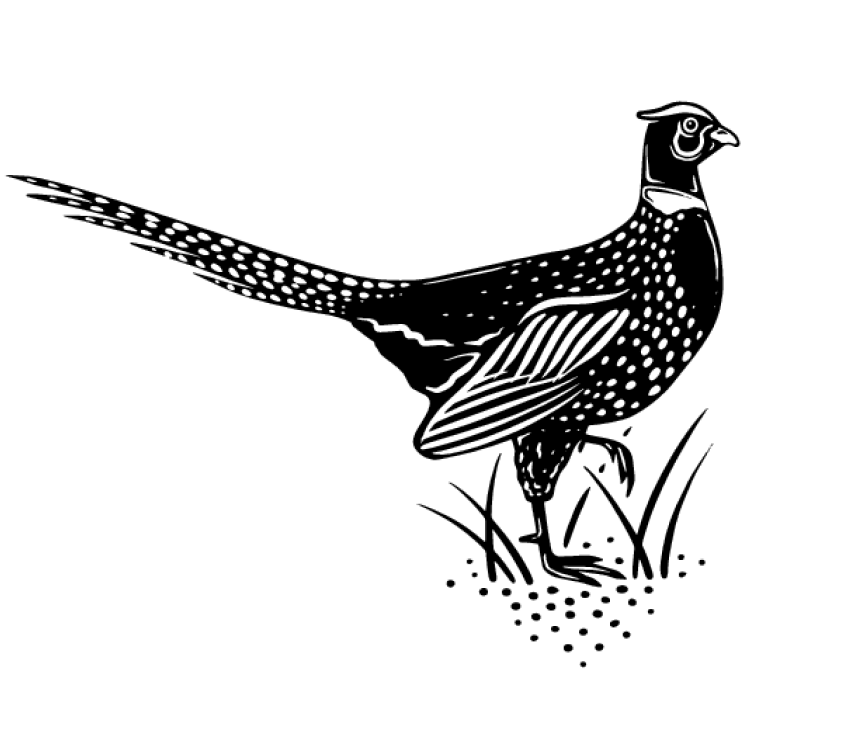
Pheasant
The ring-necked pheasant inhabits many areas of North America, including the Northwest, portions of the Northeast, and especially the upper Midwest through the heartland. Many states offer pheasant seasons that extend through December and January. It’s fairly easy to identify the brilliantly colored roosters, with their long tails and telltale cackle, from drab hens.
Pheasants are grassland birds, but they use various cover types, especially in winter. During cold weather, pheasants often feed in harvested crop fields but roost and loaf in heavy, protective cover, such as cattails, phragmites, dense grass, or even wooded areas like willows or hedgerows. In winter, look for patches of thick cover next to feeding areas, such as cornfields or beanfields. Remain especially quiet so you don’t alert birds as you approach. Generally, it’s best to start downwind from where you expect to encounter birds and work your way into the wind. Be warned, though: pheasants run perhaps more than they fly, and they’ll often scurry to the edge of cover and flush out of range.

Wild Turkey
Wild turkeys are present in 49 states, and 42 offer fall seasons, some of which extend into the winter. Turkeys are far larger than other game birds, so identifying them isn’t a problem. During autumn and winter, turkeys typically flock together in groups. You’ll find hens with poults (young-of-the-year birds), plus bands of adult gobblers and flocks of hens without poults. Later in winter, jakes (young-of-the-year males) might split off to form their own groups. Generally, turkeys focus on food sources during winter, often staying near grain fields or areas with accessible hard or soft mast. They roost in timber at night but spend the day on the ground, feeding and loafing.
Fall and winter turkey hunting is a rich traditional sport, especially in the Northeast. Many hunters prefer to break up groups of turkeys and then call them back. Some use dogs to locate and scatter birds. Solo hunters can also locate good setups near feeding or travel areas to call or intercept groups. Turkeys have exceptional eyesight and easily detect the slightest movements. One errant turn of the head can send even a distant flock scurrying for cover.

Ruffed Grouse
Ruffed grouse inhabit North American forests from the Appalachians through the Midwest and into Canada and even Alaska. Their numbers have taken some hits recently, but these swift, stocky birds still offer great winter hunting opportunities. Grouse are extremely well camouflaged in forest environments, but their explosive flush (with telltale whirring wings) often gives them away. They come in two general color phases: gray or brown.
Grouse thrive in successional forest areas, especially mixed woodlands rich with aspens. In the North and Midwest, grouse hunters often seek groves of wrist-sized aspens (or “popples”). Grouse also use conifers extensively, especially during periods of bad weather. In regions with a deep snowpack, grouse will roost inside snow that’s sufficiently deep and powdery to provide shelter. Grouse typically stay tighter together than pheasants and sometimes run, but the thick cover they inhabit makes them challenging targets.


